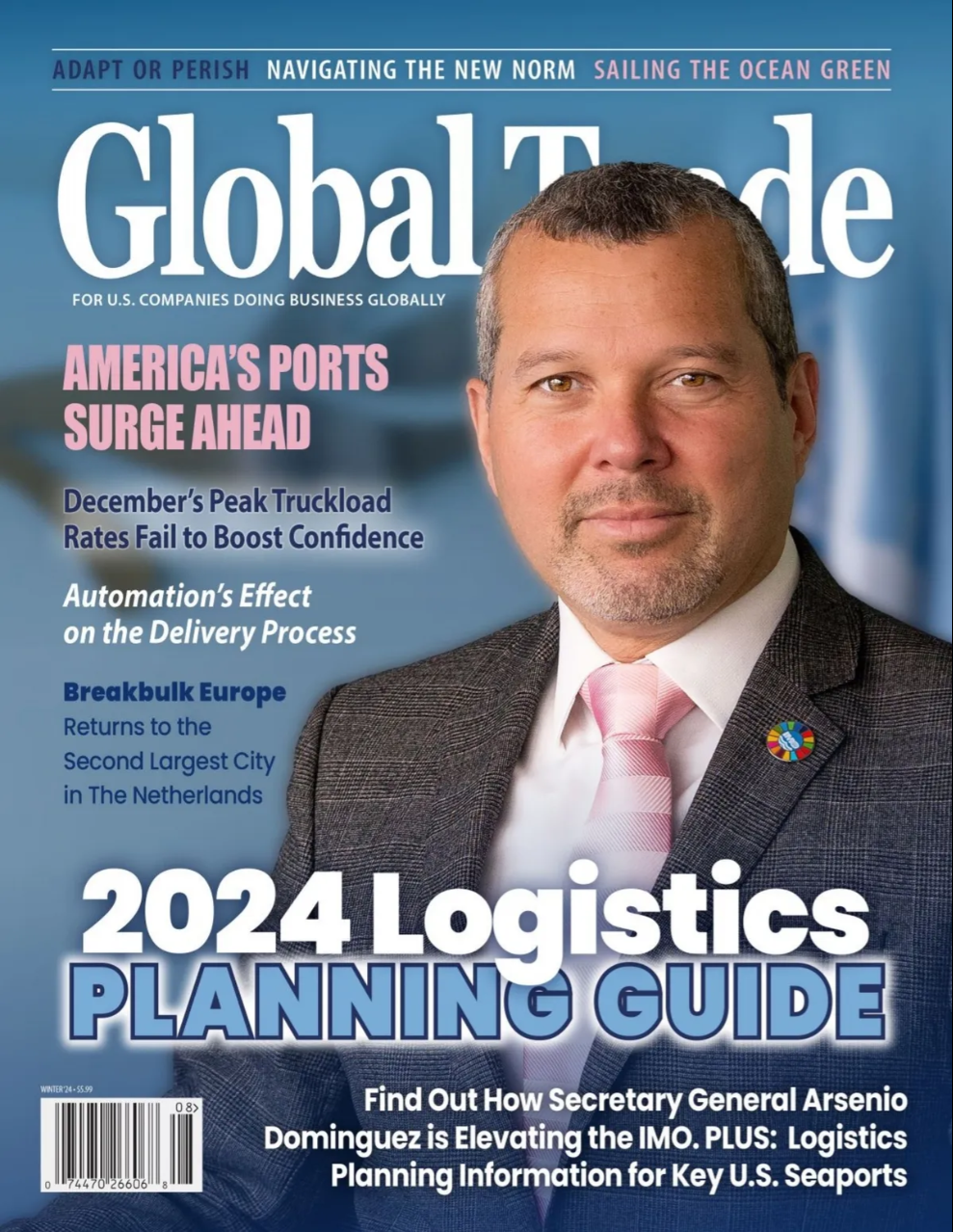In a world that is becoming more globalized by the second, the literal array of products being shipped in 2019 is extremely diverse. One diverse segment is the perishables industry, which distributes goods that naturally deteriorate due to time or environmental conditions. This is an understandably complex segment, requiring a logistical savviness and excellent partners to ensure products arrive in time and, most important, fresh and intact.
Meats and meat by-products, dairy, fish and seafood, chemicals, flowers and pharmaceutical products make up the perishable goods segment. According to Technavio, a leading market research firm, the sector is expected to grow at a compound annual rate of nearly 8 percent (2017-2021). A revealing report published by the U.S. Department of Agriculture in 2000 astutely signaled this growth, arguing that the advances in transportation technology would significantly ease perishable freight trade via the reduction of shipping costs and streamlined delivery times.
A Valuable Partner
Transporting perishable freight is a multiple, moving parts effort. As such, third party logistics (3PL) providers play a vital role. Outsourcing to 3PLs allows shippers to not only hang onto their capital for reinvestment in their own, core operations, but they can additionally take advantage of 3PL technology which is generally ahead of the curve.
A good 3PL will provide access to economies of scale, enable superior elasticity in areas such as route planning (to lessen unnecessary “hand-offs”), provide access to cutting-edge temperature tracking technology and enable the use of shared, cold storage warehouses with the shipper. The latter alone offers tremendous cost savings.
Choosing the Right 3PL
Food Logistics holds annual awards, prominently recognizing the top 3PL and cold-storage providers. Jumping into a 3PL partnership should not be taken lightly. While the agencies in the Food Logistics awards list are clearly leaders in the industry, fully vetting potential partners is highly suggested, with these five areas are an excellent place to start.
1. Proven Success – To the detriment of the “start-up” 3PLs, entrusting your perishable freight in the hands of relative novices is not the best idea. Go with a winner that can provide excellent client feedback.
2. Robust Technology – This is an area where your 3PL should be much farther ahead of the technological curve than the shipper. Good 3PLs are agile enough to have resources on-hand to stay on top of the very technology that will cut costs and increase efficiency times.
3. Scalability – Once a 3PL is in place, the shipper is entering a shared-space environment. This is the natural advantage of outsourcing, so ensuring the 3PL can scale in a parallel manner with the shipper will facilitate economies of scale.
4. Location Networks – A seasoned, successful 3PL will take a more nuanced, strategic approach to network configuration, ensuring the shipper can count on the right distribution center locations.
5. Commitment to Improvement – While last, this is a key point because every 3PL will be faced with pressure to continuously evolve and improve. During initial conversations, addressing what these challenges have been and how the 3PL addressed them in the past will reveal much about the firm.
3PL Key Issues
As a 3PL charged with perishable freight, the issues are frankly numerous. On the trucking side, it is not machine nor technology-based–it’s humans. Driver shortages are a major concern, with Bloomberg reporting earlier this year that the shortfall has leaped to 296,311 as of the second quarter of 2018. The root of the issue goes back to 2004, when federal law mandated stricter oversight of hours worked per day. Cuts were made, which meant more drivers were needed due to the current crop having to work less. Couple this with the aging trucker population and shortages have been rampant ever since.
A strong economy has been another issue that partly explains the trucker shortage. Manufacturing and construction have had an easier time finding new entrants into those sectors than has trucking. The former sectors are tapping into the same general population as the latter, and weeks on the road, away from families, is not as attractive as working at a given site and returning home every evening.
To combat this, 3PLs need to provide better services and remain highly efficient. Transportation is still the weakest link in supervising what’s known as the “cold chain.” Low-cost providers can enter easily, which results in a host of marginal players making it hard for suppliers to weed out the true high performers.
On the sustainability side, shippers are increasingly seeking 3PLs with the smallest carbon footprint possible. Packaging and warehousing are well-known polluters, which has put pressure on 3PLs to generate as few pollutants possible. Utilizing eco-friendly electric vehicles to adopting “green storage and packaging” processes, logistics innovation and alternative fuel implementation are major issues larger and savvier suppliers are seeking.
As with any industry, challenges are ever-present, but the 3PL sector is revolutionizing how we consume and enjoy perishable items on a global scale. Thanks to these nimble entities, hundreds of millions of people have regular access to affordable products in ideal states, something our grandparents and many of our parents could not have said.






